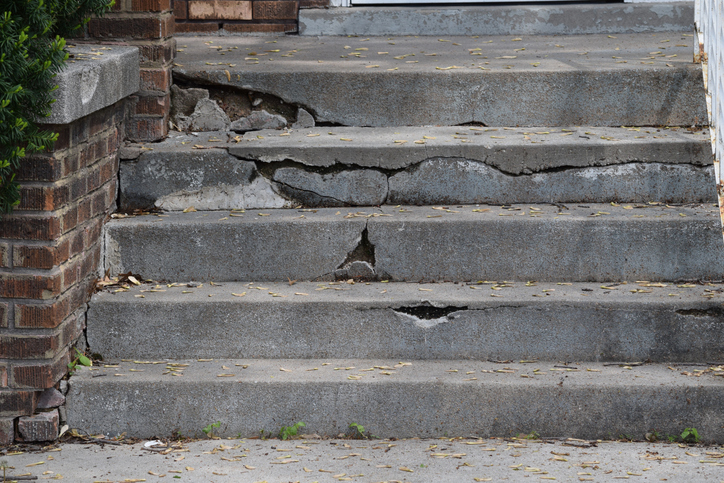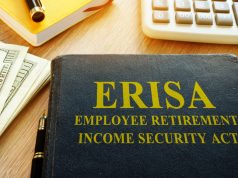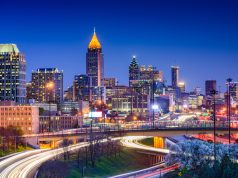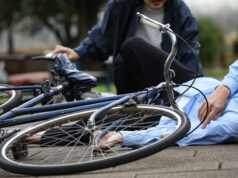
When you walk into a store, restaurant, or office building in Portland, you expect the space to be safe. But many premises liability cases arise not from obvious dangers, but from hidden hazards that property owners fail to address. These unseen dangers cause thousands of preventable injuries each year, and the responsibility almost always lies with those who control and maintain the property.
According to the Centers for Disease Control and Prevention (CDC), over 800,000 people are hospitalized annually because of fall injuries — often due to preventable property conditions. Let’s examine the five most common hidden hazards that could lead to a serious premises accident.
1. Poor Lighting and Visibility
Dim lighting might seem like a minor issue, but it’s one of the most common contributors to trip and fall accidents. Inadequate lighting can obscure uneven flooring, wet surfaces, or missing steps.
The Occupational Safety and Health Administration (OSHA) sets clear lighting standards for workplaces, but commercial spaces often overlook these requirements. When property owners ignore them, they not only endanger customers but also violate safety expectations designed to prevent foreseeable harm.
If you can’t clearly see where you’re walking — whether in a dim parking garage or a restaurant’s back hallway — that’s a red flag the property isn’t being maintained safely.
2. Uneven or Deteriorated Walking Surfaces
Cracked concrete, raised tiles, torn carpeting, and uneven thresholds are classic causes of premises injuries. According to the National Floor Safety Institute (NFSI), slips, trips, and falls account for over 1 million emergency room visits each year in the United States.
Commercial property owners are expected to inspect and maintain flooring regularly to prevent these hazards. Yet, deferred maintenance is common — especially in older buildings or parking areas. Something as small as a one-inch lip between surfaces can create a major fall risk.
3. Lack of Warning Signs or Hazard Markings
Sometimes the hazard isn’t hidden — it’s simply unmarked. A freshly mopped floor without signage, a step that blends into the floor color, or a slick entryway during rainy Oregon winters can all cause preventable accidents.
Businesses are expected to provide adequate warnings under duty-of-care principles recognized nationwide. The National Institute for Occupational Safety and Health (NIOSH) notes that visual cues like signs, cones, and barriers are essential in reducing fall hazards in public spaces.
If a business fails to mark or block off dangerous areas, and someone gets hurt, the property owner could be held responsible for negligence.
4. Faulty Handrails, Stairs, or Ramps
A missing or loose handrail can turn a short staircase into a major danger. The U.S. Consumer Product Safety Commission reports that over 1 million stair-related injuries occur annually, many due to inadequate or broken safety structures.
In Portland’s older commercial buildings, compliance with modern building codes isn’t optional — it’s a legal obligation. Property owners who fail to repair handrails, secure steps, or replace damaged treads can face serious liability if an injury occurs.
Even small details, like faded yellow edge markings or missing anti-slip grips, can determine whether a staircase is safe or dangerous.
5. Neglected Outdoor Areas: Ice, Water, and Debris
Oregon’s climate makes outdoor slip hazards especially common. Rain, moss, and ice on entryways or sidewalks can make surfaces treacherous. The Federal Highway Administration (FHWA) emphasizes the importance of proper surface maintenance and anti-slip measures to prevent accidents during wet or icy conditions.
Commercial property owners who fail to maintain outdoor walkways, parking lots, and ramps can be held liable when predictable weather-related hazards cause harm.
If you’ve ever stepped onto a slick concrete slope or parking ramp during a drizzle, you know how quickly a fall can happen.
What to Do If You’re Injured on Someone Else’s Property
If you suffer an injury on another person’s property, it’s critical to act quickly:
- Seek immediate medical care. Even minor injuries can worsen over time.
- Document the scene. Take photos of the hazard, lighting conditions, and any lack of warning signs.
- Report the incident. Ask for a copy of the business’s accident report.
- Preserve evidence. Keep your shoes and clothing as they may show slip patterns or residue.
- Consult an experienced attorney. A lawyer can help determine if the property owner’s negligence caused your injuries and guide you through your legal options.
Why Legal Representation Matters
In Oregon, liability often depends on whether the property owner knew or should have known about a dangerous condition and failed to correct it. Understanding local laws, timelines, and insurance defense tactics can be complex.
That’s why it’s essential to work with knowledgeable counsel.
If you or a loved one were injured on someone else’s commercial property in Portland, contact Mayor Law for a free consultation and professional guidance.






